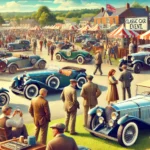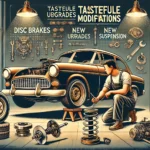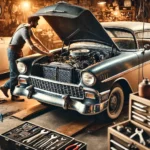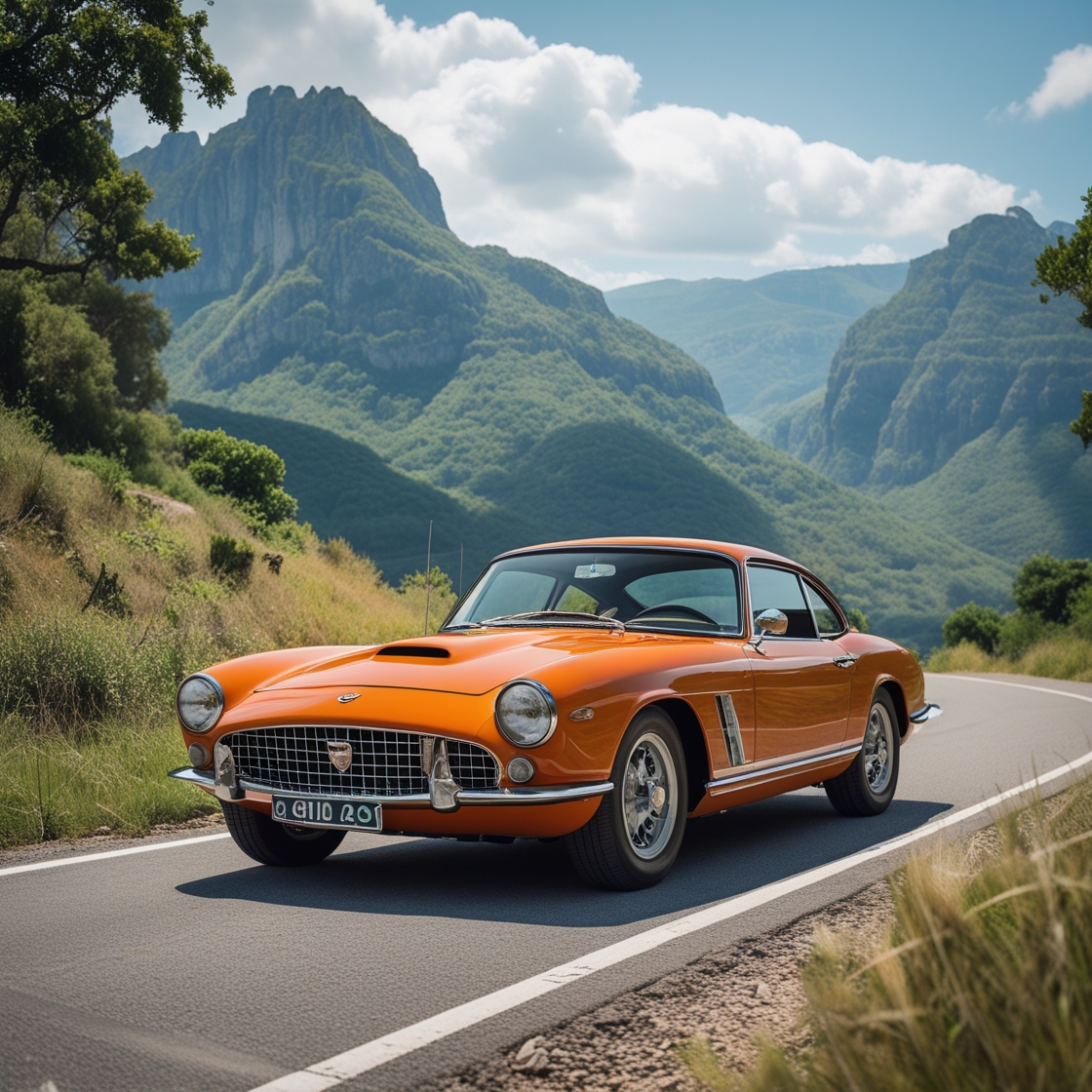Car design has evolved significantly over the decades, blending function with form to meet the changing tastes and needs of society. While modern vehicles boast advanced technologies and sleek aerodynamics, the influence of classic cars remains unmistakable. From timeless design elements to engineering breakthroughs, classic cars have shaped the automotive industry in profound ways.
1. The Birth of Car Design: Function Meets Form
In the early days of automobiles, practicality was the primary focus. Cars were designed to serve as reliable transportation rather than artistic statements.
- 1900s: Early models like the Ford Model T (1908) prioritized simplicity and affordability. Its boxy shape was easy to produce and repair, making it the first car accessible to the masses.
- 1920s–1930s: Luxury brands like Rolls-Royce and Bugatti began incorporating elegance into their designs, blending functionality with aesthetic appeal. The Art Deco movement inspired vehicles like the Bugatti Type 57, which featured flowing lines and intricate details.
Classic Influence: These early years established the foundation for balancing practicality with beauty, a principle that remains central to modern car design.
2. The Streamlined Era: Aerodynamics Take the Lead
The 1930s and 1940s introduced the concept of aerodynamics into car design, prioritizing speed and efficiency.
- Streamlined Shapes: Cars like the Chrysler Airflow (1934) and the Tatra 87 (1936) featured smooth, curved bodies designed to reduce air resistance.
- Luxury Meets Speed: Brands like Mercedes-Benz combined aerodynamic principles with luxury, exemplified by the Mercedes-Benz 540K.
Modern Impact: Today, aerodynamics is a cornerstone of automotive design. Vehicles like the Tesla Model S and Porsche Taycan owe much to the streamlined concepts pioneered during this era.
3. The Post-War Boom: Bold and Beautiful Designs
The 1950s and 1960s are often regarded as the golden age of car design.
- American Muscle Cars: Cars like the Chevrolet Bel Air, Ford Thunderbird, and Cadillac Eldorado embraced bold, extravagant styling with chrome accents, tail fins, and colorful paint options.
- European Elegance: In Europe, brands like Ferrari, Aston Martin, and Jaguar focused on sleek sports cars such as the Jaguar E-Type (1961), often referred to as the most beautiful car ever made.
- Technological Advances: This era also saw innovations like automatic transmissions, air conditioning, and power steering, which enhanced both comfort and convenience.
Classic Influence: Modern cars often borrow from this era’s bold aesthetic, with retro-inspired models like the Chevrolet Camaro and Dodge Challenger paying homage to their 1960s counterparts.
4. The Compact Revolution: Efficiency and Practicality
The 1970s brought about a shift in priorities due to rising fuel costs and environmental concerns.
- Smaller Cars: Models like the Volkswagen Beetle and Mini Cooper gained popularity for their compact size and fuel efficiency.
- Japanese Innovation: Japanese automakers like Toyota, Honda, and Nissan introduced practical, reliable cars such as the Toyota Corolla and Datsun 240Z, which quickly became global favorites.
- Focus on Safety: Seat belts, crumple zones, and other safety features became standard during this period.
Modern Impact: The focus on efficiency and practicality paved the way for today’s compact cars and hybrid vehicles, such as the Toyota Prius and Honda Civic.
5. The Digital Era: Technology Meets Design
The 1980s and 1990s saw the rise of digital technologies and their integration into car design.
- Futuristic Styling: Cars like the DeLorean DMC-12 and BMW Z1 embraced futuristic designs that captured the spirit of the era.
- Aerodynamic Refinement: Cars became more rounded and less angular, with models like the Audi TT showcasing a minimalist yet modern aesthetic.
- Technological Features: Innovations like onboard computers, ABS brakes, and airbags began appearing, setting the stage for today’s smart cars.
Classic Influence: Many features introduced in this era, such as digital dashboards and sleek, minimalist interiors, are staples of modern car design.
6. The Legacy of Classic Cars in Modern Vehicles
Classic cars have left an indelible mark on modern car design. Here’s how their legacy continues:
- Retro-Inspired Models: Brands often revive iconic designs, such as the Ford Mustang, Volkswagen Beetle, and Fiat 500, combining classic aesthetics with modern engineering.
- Attention to Detail: Classic cars emphasized craftsmanship and unique styling, which continues to influence luxury brands like Rolls-Royce and Bentley.
- Timeless Appeal: Design elements like long hoods, curved lines, and chrome finishes remain popular, as seen in models like the Mercedes-Benz SL-Class.
7. The Future of Car Design: A Nod to the Past
As the automotive industry shifts towards electric and autonomous vehicles, classic cars still serve as inspiration for future designs.
- Sustainability and Style: Electric vehicles like the Porsche Taycan and Jaguar I-Pace blend futuristic technology with elegant, timeless designs.
- Customization: Classic cars have inspired a growing trend of personalization, with modern vehicles offering customizable interiors and exterior finishes.
- Restomods: Restorations of classic cars with modern technology, such as electric powertrains, are gaining popularity, bridging the gap between the past and the future.
Conclusion
The evolution of car design is a testament to how classic cars have shaped the industry’s journey. From their innovative use of aerodynamics to their bold styling and meticulous craftsmanship, classic cars have set the stage for today’s automotive marvels. As we look to the future, their influence will undoubtedly continue to inspire new generations of designers and enthusiasts.








